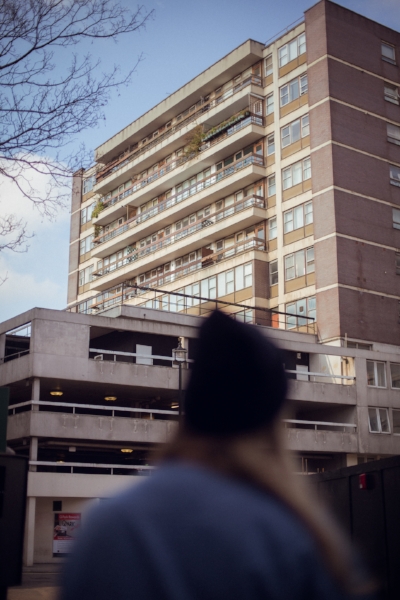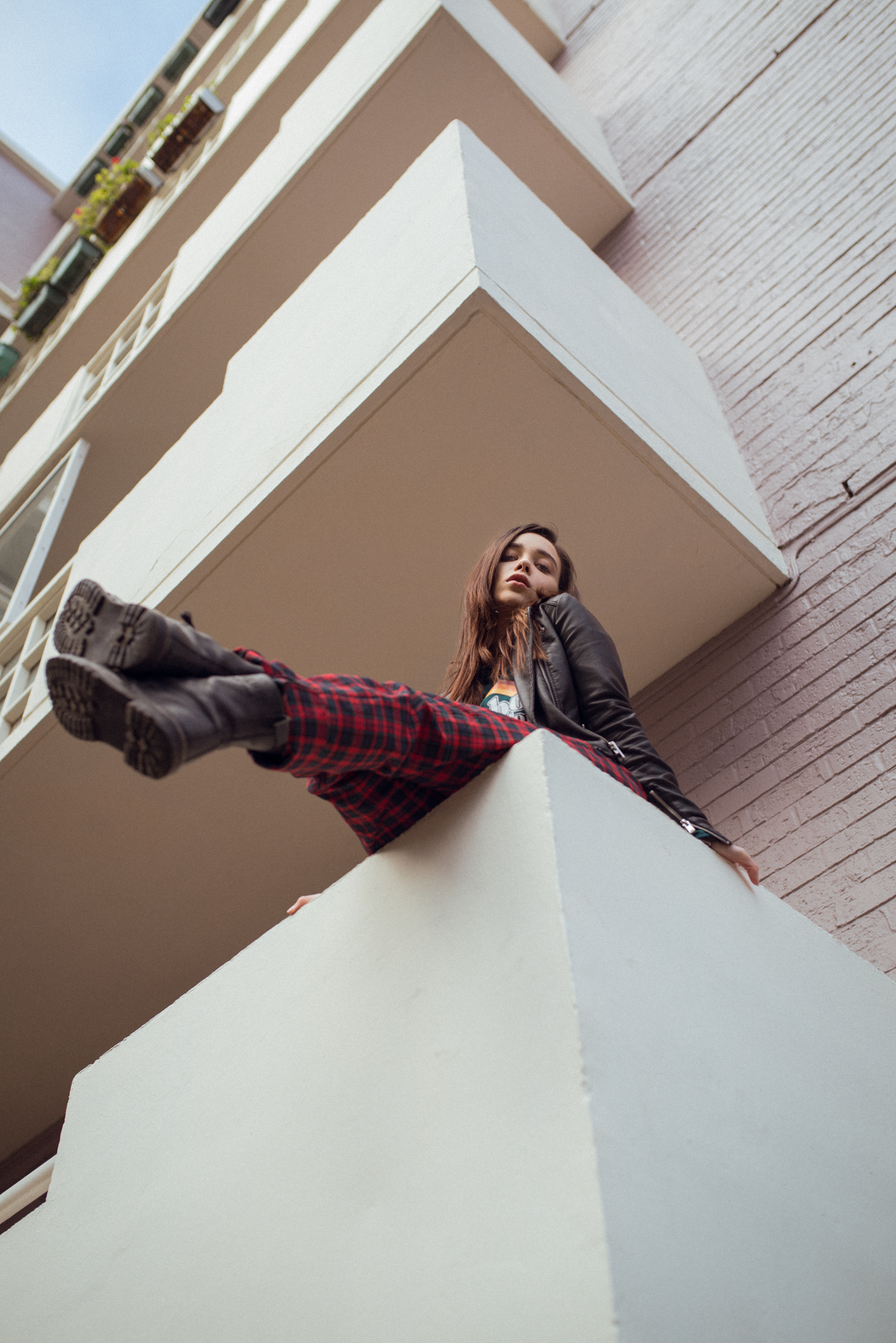Evie
Foreground, Middle, and Background
The space within a photograph can be divided into three planes, the foreground, the middle, and the background. This is fairly straight forward; the foreground is the area in the photo closest to the camera, and the furthest is the background - everything in between is the middle.
Generally people look at the foreground first. It's important to consider this when you're composing your photo. What’s in the foreground can add depth to the photo, decide on how much depth you want or if you need depth to make your photo work. With landscapes, you can try and spot an interesting rock, flowers, etc to compliment the scenery you're photographing. With portraits, I find having the subject in the middle and blurring a something like a fence adds a nice touch of softness to the photo. Here's an example of this in action; example.
Don't be afraid to break the norm when focussing on the foreground, middle, or background. Especially when shooting on the street. I found that out when I was on the streets shooting a model, there could something even more interesting in the background - like in my photo with Evie.
Here are some more creative examples; example 1, example 2, example 3, and example 4
Kelly
Barbican Conservatory











